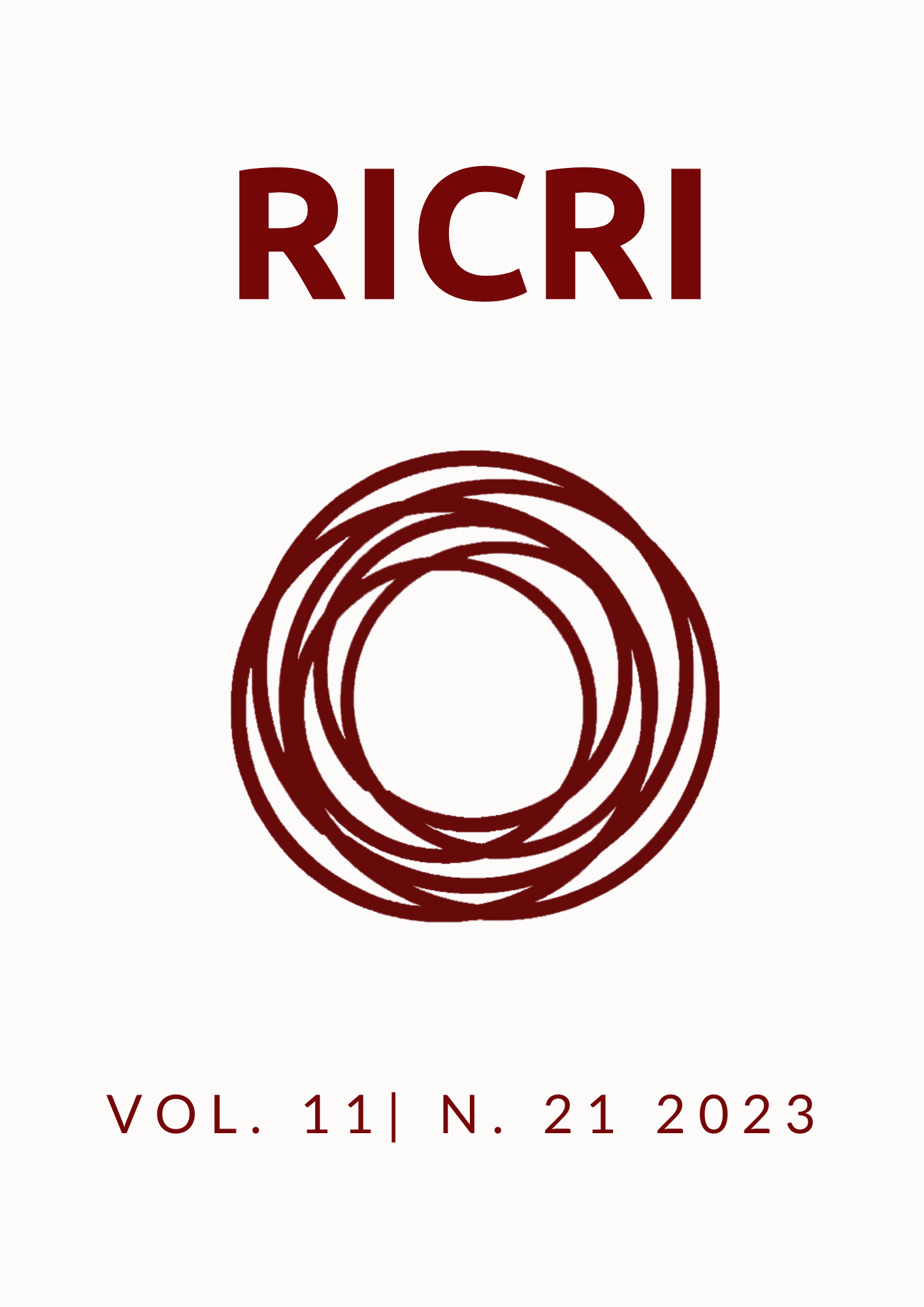Walking into the extremes
How does migration affect the vote for the far-right and far-left in the European Union
DOI:
https://doi.org/10.22478/ufpb.2318-9452.2023v11n21.66909Resumen
This paper investigates the relationship between the “extreme vote” and the percentage of foreigners in a selected group of European Union (EU) countries. The study explores the hypothesis that an increase in the foreign population within an EU country positively influences support for extreme parties, particularly on the far-right side. Quantitative methods, including OLS regression models, are employed to analyse the electoral support for far-right and far-left parties. The study considers variables such as the total number of newly arrived foreign population (divided into EU and non-EU categories), the percentage share of foreigners in the total population, and the variation of these metrics over time. Geographical location is also taken into account using binary variables representing regional groupings. Data are sourced from Eurostat, national government departments, and the Chapel Hill Expert Survey. The analysis focuses on a group of 14 EU member states with varying levels of immigration between 2013 and 2019, aiming to shed light on the complex relationship between immigration and extreme voting tendencies.
Descargas
Publicado
Cómo citar
Número
Sección
Licencia
Derechos de autor 2023 Revista de Iniciação Científica em Relações Internacionais

Esta obra está bajo una licencia internacional Creative Commons Atribución-NoComercial 4.0.
b. Autores tienen la autorización para asumir contractos adicionales separadamente para distribución exclusiva de la versión del trabajo publicada en esa revista, con reconocimiento de autoría y publicación inicial en esa revista.
c. Autores detienen el permiso y son estimulados a publicar y distribuir su trabajo online.




